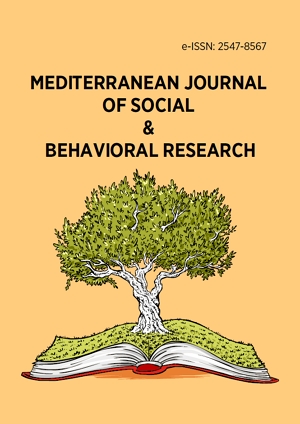Abstract
Introduction: Notwithstanding, the reasons that make the youth consume substances at young age are very complex, and many studies conclude that youthful curiosity is a major determining factor that drives them into such behavior. This current study investigated curiosity as a predictor of substance use among senior high school students in Gomoa West District and Effutu Municipality. The study was guided by three research questions.
Method: It adopted the quantitative descriptive survey design.
Population: A sample of 260 senior high school students were selected using a probability sampling technique for the study.
Instruments: It adopted questionnaires on curiosity, substance use risk profile and substances and choices to collect data from respondents.
Data analysis: Data gathered were analyzed descriptively using frequencies, percentages and Pearson product-moment correlation.
Results: The study found that students were having low levels of alcohol and substance use curiosity. Also, the study revealed that the students’ substance use risk level was moderate. Furthermore, the study revealed a moderate relationship between alcohol and drug use curiosity and substance use risk among students.
Recommendations: It was recommended that among other things the management of senior high schools in Gomoa West District and Effutu Municipality should provide guidance and counselling services on substance use and its effects on the youth.
Keywords
License
This is an open access article distributed under the Creative Commons Attribution License which permits unrestricted use, distribution, and reproduction in any medium, provided the original work is properly cited.
Article Type: Research Article
MEDITERR J SOC BEH RES, Volume 7, Issue 2, June 2023, 59-64
https://doi.org/10.30935/mjosbr/12807
Publication date: 01 May 2023
Online publication date: 06 Jan 2023
Article Views: 1970
Article Downloads: 4240
Open Access References How to cite this article
 Full Text (PDF)
Full Text (PDF)